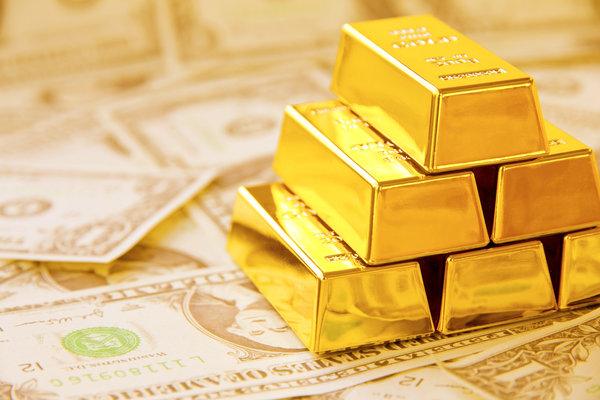Why Gold Prices Are Increasing: Exploring the Factors Behind the Recent Rise
Gold has long been prized for its beauty, rarity, and durability. But it’s also an investment that many people turn to during times of economic uncertainty or inflation. And in recent years, the price of gold has been on the rise. In this article, we’ll explore the factors behind the recent increase in gold prices and what it could mean for investors.

Supply and Demand Factors
One of the primary drivers of gold prices is supply and demand. When demand for gold increases, but supply remains constant, the price of gold goes up. There are a few factors that contribute to increased demand for gold, including economic uncertainty, inflation, and geopolitical events.
Economic Uncertainty
When the economy is unstable or uncertain, investors often turn to gold as a safe-haven asset. This is because gold is seen as a store of value that can hold its worth even in times of economic turmoil. During the 2008 financial crisis, for example, the price of gold rose sharply as investors sought to protect their wealth.
Inflation
When inflation is high, the value of fiat currency (like the US dollar) decreases. This can lead to a decrease in confidence in that currency, and investors may turn to gold as a hedge against inflation. This is because gold is a finite resource and can’t be printed like fiat currency.
Geopolitical Events
Political instability or conflict can also increase demand for gold. When geopolitical events occur, such as wars or other international crises, investors may seek the relative safety of gold. This is because gold is seen as a global asset that is not tied to any specific country or government.
On the supply side, factors that can decrease the amount of gold available can also contribute to rising prices. This can include declining production or government regulations that limit the supply of gold.
Geopolitical Factors
In addition to supply and demand factors, geopolitical events can also affect the price of gold. When there is political instability or conflict, investors may seek out safe-haven assets like gold. This is because gold is not tied to any specific country or government and is seen as a global asset. For example, during the recent tensions between the US and Iran, the price of gold rose as investors sought to hedge against the possibility of war.
Monetary Policy and Central Banks
Another factor that can affect the price of gold is monetary policy and central banks. When interest rates are low, investors may turn to gold as an alternative investment. This is because low interest rates make other investments, like bonds, less attractive. In addition, when central banks engage in quantitative easing (buying assets like bonds to inject more money into the economy), it can lead to inflation concerns and increase demand for gold as a hedge.
Alternative Investments and Market Trends
Finally, market trends and alternative investments can also impact the price of gold. When the stock market is performing poorly, investors may turn to gold as a safe-haven asset. In addition, a weak US dollar can make gold more attractive to investors, as it is priced in US dollars.
Conclusion
There are many factors that can contribute to a rise in gold prices, including supply and demand factors, geopolitical events, monetary policy, and market trends
